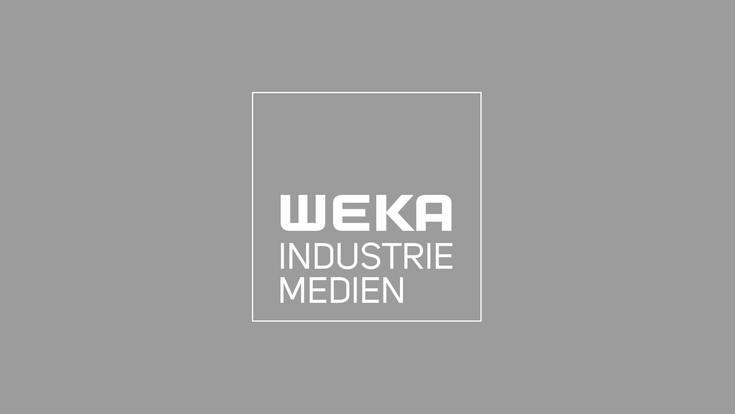WMW in april : This is the new issue of WMW

The volume of clothing disposed of by consumers in the developed world has quadrupled in the last 20 years. The average Western consumer throws away 38 kilograms of clothing every year – and as a growing component of our landfills, this can take up to 200 years to decompose (leather shoes: 50 years, polyester shirts: 200 years). With less than 20% of our clothes being donated, the world is swimming in second-hand textiles. The obvious solution – recycling – involves a problem that everyone in our business is aware of: clothing mostly consists of fabrics with at least two components, very often cotton and PET. Separating these components has to date been technically challenging and is hardly economically viable. Researchers from HKRITA in Hong Kong, Aalto University in Finland and the Technical University of Vienna are searching for solutions. The Viennese researchers have now shown for the first time that, with the help of natural enzymes, fibre-to-fibre recycling of blended fabrics is feasible. Is this the break we desperately need? To find out more, click on our e-paper.
Recycling (and sometimes the lack thereof) has recently made headlines in the global mainstream media. The fact that more than 10% of the waste painstakingly put aside by UK consumers for recycling is sent to incineration plants instead has upset the British public. Enacted in 2018 and now extensively expanded, the import ban on all materials that China classifies as “solid waste” has met with growing concern in Europe and the USA. An initiative by Indian Prime Minister Narendra Modi to promote eco-friendly, recyclable and non-plastic toys has even made it into the pages of US newspapers. For this issue of WMW, we took a trip through the global recycling world: starting with the challenges the industry faces on the still quite informal Indian market, moving on to the technology with which China (particularly Shanghai so far) wants to tackle the growing need for waste separation, and finally looking at the opportunities that arise for our industry with the new aggressive environmental agenda of the Biden administration.
Enjoy the issue!
